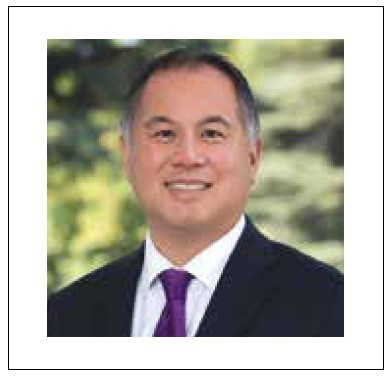
By Assemblymember Phil Ting–
As of this year, more seniors and people with disabilities in California are eligible for healthcare under Medi-Cal, the state program administering the federal Medicaid program. In 2021, under my leadership as Assembly Budget Chair, we approved the elimination of the asset test, and it’s just now coming into effect.
Prior to this change, an applicant’s financial picture outside of earnings was considered. Besides having a low enough income to qualify for Medi-Cal, a person could not have more than $2,000 in certain assets, including bank accounts, cash on hand, life insurance, or a second car. The limit is $3,000 for couples. These thresholds have not changed since 1989, making it hard to save for unexpected expenses or even move to a new home because saving for one month’s rent and a security deposit would typically put people over the asset limit.
A Medi-Cal recipient could also face a dilemma when receiving a small inheritance after losing a loved one or a close friend. If the value was above the limits, the recipient would lose their health coverage.
The asset caps set by the federal government aren’t fair, especially to this group of vulnerable residents who have few resources at their disposal. I’m proud we’re able to make this change. The income limits are still intact, but recipients no longer have to go through the asset test. This means more elder Californians and those with disabilities can keep their healthcare or enroll. In 2020, the Department of Health Care Services, which oversees Medi-Cal, estimated 18,000 Californians would become newly-eligible if the asset test was removed.
California has also taken the step to make all undocumented immigrants eligible for Medi-Cal, adding the final age group that has been left out: adults ages 26–49. This follows our actions from a couple of years ago that made more than a quarter million undocumented seniors eligible for the program. Now, residents of all ages who meet the income limits, regardless of immigration status, may be able to enroll.
I additionally want to remind current Medi-Cal recipients to be on the lookout for their renewal notices. Because the federal COVID Public Health Emergency ended, eligibility rules are reverting back to the way they were before the pandemic. That means everyone in the program must now go through the redetermination process every year. Failing to do so could result in people losing their healthcare benefits.
If you have any questions or have not received a renewal packet prior to the anniversary of your Medi-Cal sign up date, you can contact your county’s social services agency. The state assures us they will not cut off someone’s healthcare benefits without multiple attempts to contact them. The first disenrollments began last summer and will continue through June 2024.
For those no longer eligible for Medi-Cal, there may be other options. Covered California, for instance, could offer similar coverage, and the system will automatically enroll qualified Californians who no longer qualify for Medi-Cal. Covered California is an insurance marketplace offering affordable health plans. The Legislature invested $82.5 million in subsidies in the latest state budget, which helps people pay for their premiums. Nearly half the people getting healthcare through Covered California pay less than $50 a month, while a quarter of people enrolled don’t pay a monthly premium at all. Open enrollment is available through January 31 at https://www.coveredca.com/
It’s amazing how our years-long investments in expanding access to healthcare have significantly decreased the number of uninsured people in California. A decade ago, about 17 percent of residents didn’t have healthcare. Today, we’re at six-and-a-half-percent. It looks like we have a little more work to do.
Phil Ting represents the 19th Assembly District, which includes the west side of San Francisco along with the communities of Broadmoor, Colma, and Daly City, as well as part of South San Francisco and San Bruno.
Published on January 11, 2024
Recent Comments